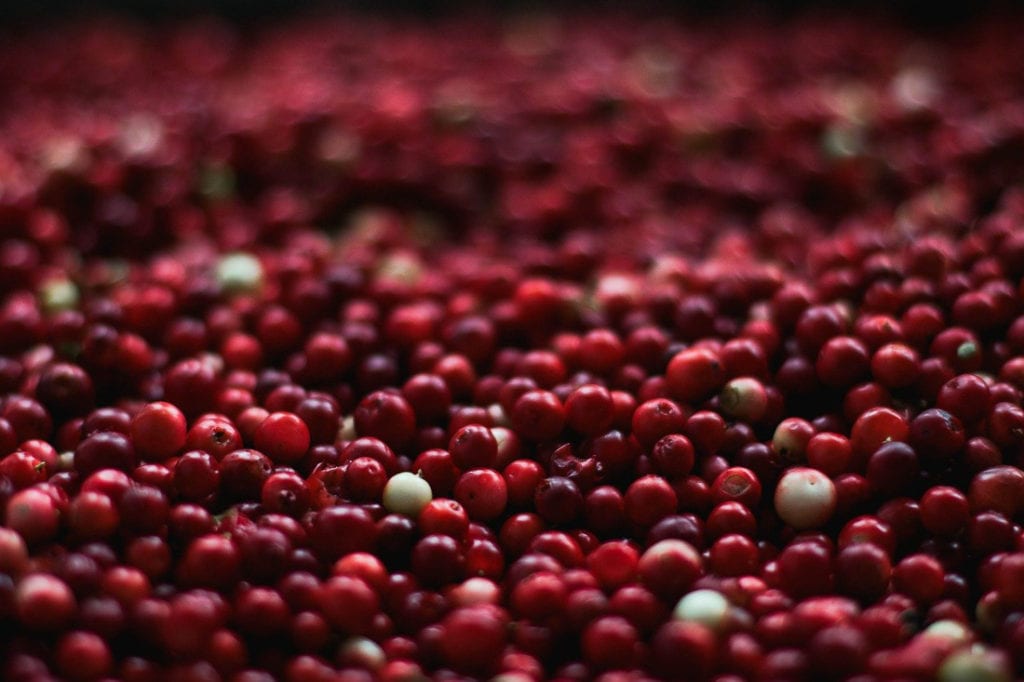*This article may contain product links which pay me a small commission if you make a purchase. Learn more.
I’ve recently discovered that Craisins are delicious, but are craisins healthy? They have a lot of sugar, so they may not be a good option for snacking, as they’ll pack a lot of carbs and calories in a dense, easy-to-overeat package. Having never been a fan previously, I now am the proud owner of a 3lb bag.
Yet, I am still on the fence about whether or not these tasty little bog treasures are healthy. Let’s figure this out.
What’s The Problem with Craisins? Sugar.
Note: This article contains affiliate links, which means I’ll make a small commission if you buy something through a link, with no additional cost to you.
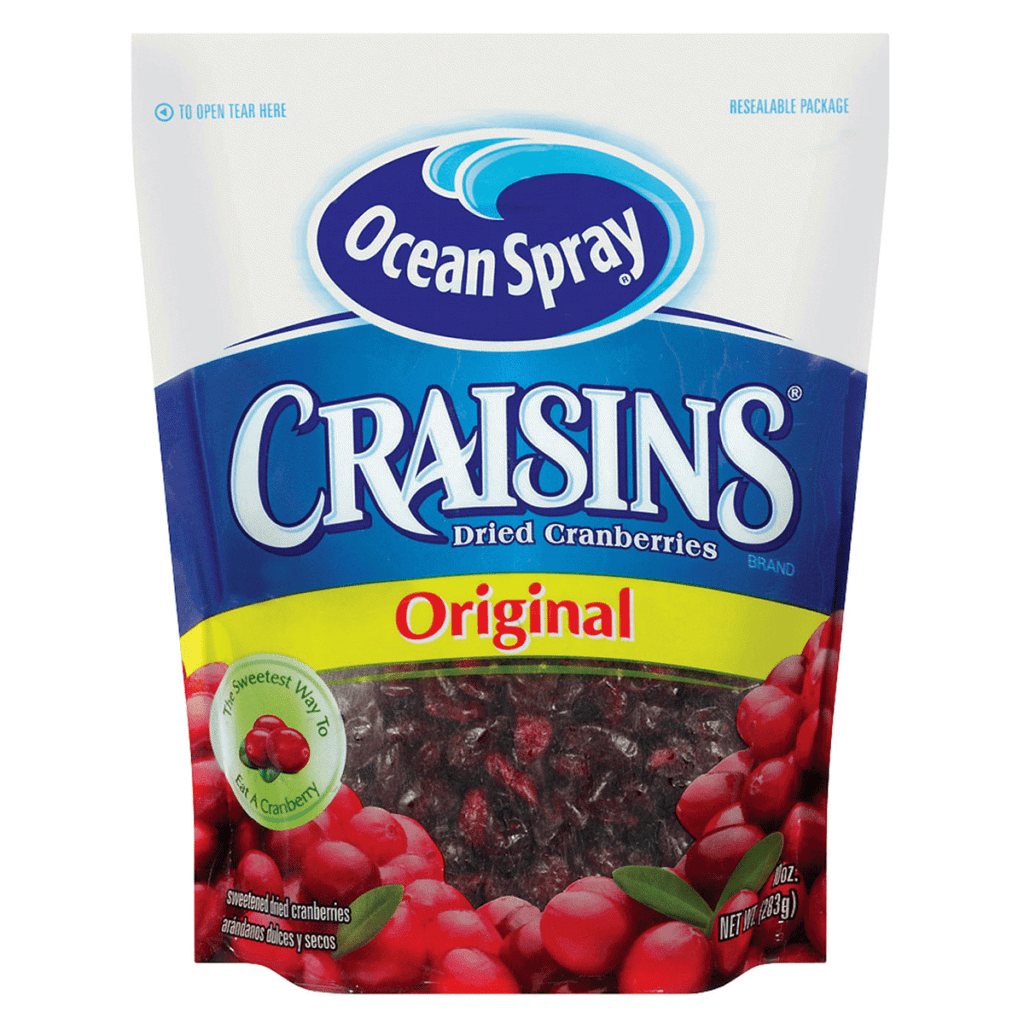
Well, there’s a big difference between unsweetened and sweetened cranberries. Craisins are heavily sweetened.
How cheap can you get a bag of these? Check the latest prices for Craisins here on Amazon. You might save a few bucks [affiliate link].
Are craisins healthy?
They have a little too much added sugar. But, they do have a LOT of vitamins and minerals, in addition to a high dose of dietary fiber. I’d recommend not eating them as a snack alone, but they can be eaten in moderation within a meal of other healthy foods. Look for lower-sugar craisin options where available. They can be a healthy snack during a sport (halftime, for example) or when you need a shot of energy while hiking, walking, running, or playing other sports or workouts.
How much sugar is in Craisins?
29 grams of sugar in a 1/4 cup serving. This is a LOT – similar to candy – and may not be a healthy choice for you. But, consider them as part of your overall diet and exercise plan. Sugar is good for you immediately following a workout or during high-intensity exercise or sports. So, there may still be a place for them within your overall diet.
Are Craisins Healthy? Here Are the Nutrition Facts:
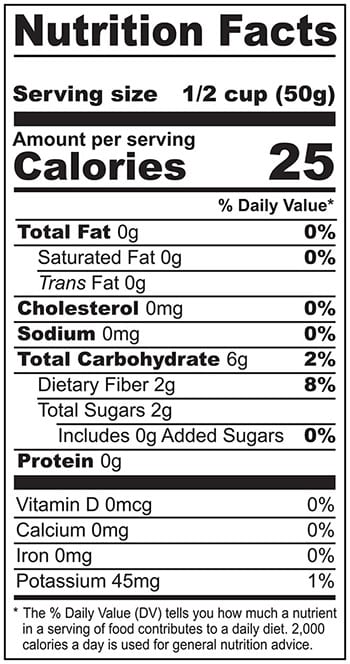
Here is the nutrition label for Craisins, which are dried, sweetened cranberries:
So are craisins healthy? To find out, we need to dive into the nutrition facts:
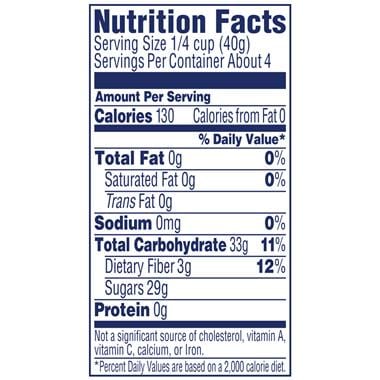
Now, the first thing you should notice is the difference in nutritional density and sugar difference.
Craisins contain 27 grams MORE sugar than raw cranberries. That’s a LOT.
Fruit, when dried, becomes a much more concentrated source of sugar, and as such provides more calories while providing less satiety – one reason I don’t recommend eating dried fruit.
The raw cranberries contain 13g of carbohydrate per 110 gram serving – roughly 10% by weight. The Craisins contain 33g of carbohydrate per 40 gram serving – roughly 80% by weight. That’s a huge difference.
Yet, the big problem is that raw cranberries are not palatable – they’re downright awful eaten raw. They are too tart and hard to chew through.
Their texture improves when dried, but the tartness is still there – the reason you really can’t find unsweetened cranberries on the market today.
Low-Sugar and Organic Options
But Wait! Maybe They’re Still Healthy.
Grab a bag of Craisins from Amazon here.
Here’s the thing, though: adding sugar to a food that is already high in fiber and nutrients may not completely ruin it. We just need to figure out it’s glycemic impact on your body.
The Glycemic Index
The glycemic index shows how the carbohydrate in a given food affects blood sugar on a 1-100 scale. Foods that cause blood sugar levels to rise rapidly are High GI (>70), and those that cause very low bumps in blood sugar are deemed low GI (<55). Foods can also be classified as Moderate GI (56-69), and in general, the lower the better.
Glycemic Load
This is a measure that takes into account the density of carbohydrate in terms of the total food. Think of it this way: to get 100 grams of carbohydrate from honey, you would only have to ingest about 100-120 grams of honey. Yet, if you wanted 100 grams of carbohydrate from carrots, you would have to eat pretty much a whole garden-full of the orange roots.
GI and GL differ in that GL takes into account the carbohydrate density of the food, whereas GI only measures how fast blood sugar is impacted by a standard 50gram dose of the carbohydrate in question. To measure the GI in apples, the tester will make a subject consume a portion of apples that contains 50 grams of carbohydrate, and compare that blood sugar change to the way 50 grams of pure sugar would affect the blood sugar. Make sense?
The Effect of Meals
Yet, the GI and GL fall short in real-world application because we tend to eat multiple foods at once, and rarely only consume one type of food with an otherwise empty stomach, as the GI an GL testing requires.
This is problematic because the contents of our stomach changes how quickly the nutrients within are absorbed. There are two main problems, according to Advanced Nutrition and Human Metabolism by Groff and Gropper.
- Consuming fat with a meal slows the release of chyme, or partially digested food. Chyme is release into the small intestine for absorption, and so fat in the stomach means you’ll stay full longer, and food will be absorbed slower.
- Dietary fiber, especially soluble fiber, results in a more viscous, gel-like environment in the stomach and small intestine. When nutrient molecules attempt to migrate through the membranes of the small intestine in this viscous environment, their journey is much more difficult and slow. This results in a slower, more even release of nutrients, like sugar, into the bloodstream.
What Does All of This Mean?
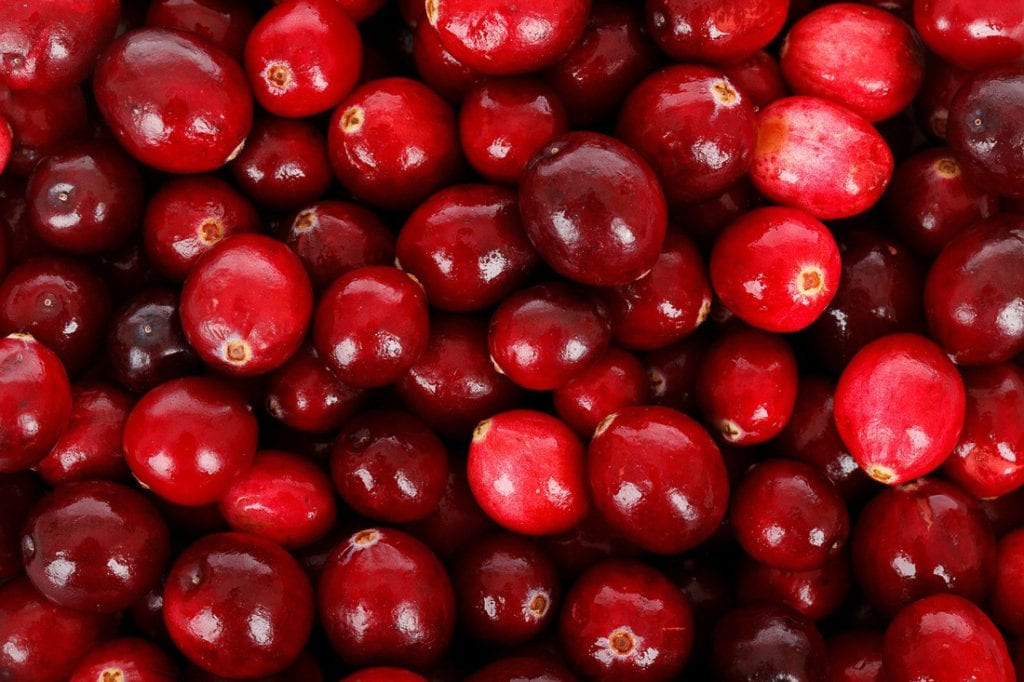
If you eat any food by itself, on an empty stomach, it will affect your blood sugar in the way as indicated in the GI or GL. But, if you eat it with other foods, especially those containing fat or dietary fiber, the impact of the whole meal will be affected.
Think of it this way – if you took Craisins, almonds, and chicken breast, and mashed them up into one, then took the GI of that, you would get a completely different reading than for each individual food. This is the way your stomach experiences foods – as a heterogeneous mixture of a bunch of things with it’s own unique nutritional profile.
Back to Craisins

So, because your body doesn’t absorb foods individually when you eat things together, the different profiles of different foods affect how they all get absorbed. Such is the case with Craisins, which is a processed food in itself. Craisins contain:
- Dried Cranberries
- Sugar
I haven’t been able to find data on the GI or GL of Craisins. So, let’s think about Raisins. Raisins are a moderate GI food, ranging in the 60s usually, as they have a fairly high amount of sugar. They have much more sugar by weight than grapes – again, this is because they are essentially concentrated when dried. Yet, there is no added sugar, unlike Craisins. Craisins have a substantial amount of added sugar.
BUT your body doesn’t know this. It only knows, once the food is chewed up and swallowed, that a dose of fiber, sugar, and other nutrients has been consumed. It makes no difference whether the sugar was in the fruit to begin with, or added along the way – sugar is sugar at the molecular level, which is the only level your body recognizes.
What I’m getting at is, even though Craisins have A LOT of added sugar, it might not be enough to make them an evil food. Because they also have fiber and especially if they are eaten in concert with other healthy foods, they can be OK. But then again, sugar is sugar, and ingesting too much of it in any capacity will lead to fat gain. A food that is 80% carbs by weight is VERY dense and can’t be too prominent in the diet if one wants to stay lean.
Here are my final thoughts about Craisins:
- Craisins have too much sugar to be eaten alone as a snack. Period.
- They contain too much sugar to be eaten in high quantities. Period.
- Eating them in moderation along with a healthy meal is OK.
- They are a great food to eat 30 minutes before a workout, or within the 30-minute post-workout window. Sugar at these times aids the workout and subsequent recovery.
- They are delicious.
- It’s important to support your local bog farmer.
- If you think they’re right for you, you can Grab a bag today on Amazon.
